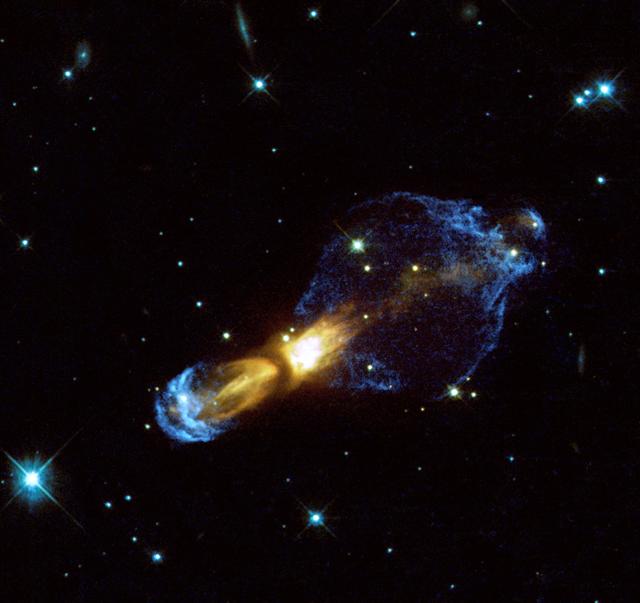|
|
Nebula.rotten.egg
|
For reasons unknown, Al-Sufi failed to note the Orion Nebula, which is at least as prominent as the Andromeda galaxy in the night sky. On November 26, 1610, Nicolas-Claude Fabri de Peiresc discovered the Orion Nebula using a telescope. This nebula was also observed by Johann Baptist Cysat in 1618. However, the first detailed study of the Orion Nebula wouldn't be performed until 1659 by Christian Huygens, who also believed himself to be the first person to discover this nebulosity.
In 1715, Edmund Halley published a list of six nebulae. This number steadily increased during the century, with Jean-Philippe de Cheseaux compiling a list of 20 (including eight not previously known) in 1746. From 1751–53, Nicolas Louis de Lacaille cataloged 42 nebulae from the Cape of Good Hope, with most of them being previously unknown. Charles Messier then compiled a catalog of 103 nebulae by 1781, although his primary goal in doing so was to avoid the false detection of comets.
The number of nebulae was then greatly expanded by the efforts of William Herschel and his sister Caroline Herschel. Their Catalogue of One Thousand New Nebulae and Clusters of Stars was published in 1786. A second catalog of a thousand was published in 1789 and the third and final catalog of 510 appeared in 1802. During much of their work, William Herschel believed that these nebulae were merely unresolved clusters of stars. In 1790, however, he discovered a star surrounded by nebulosity and concluded that this was a true nebulosity, rather than a more distant cluster.
Beginning in 1864, William Huggins examined the spectra of about 70 nebulae. He found that roughly a third of them had the absorption spectra of a gas. The rest showed a continuous spectrum and thus were thought to consist of a mass of stars. A third category was added in 1912 when Vesto Slipher showed that the spectrum of the nebula that surrounded the star Merope matched the spectra of the Pleiades open cluster. Thus the nebula radiates by reflected star light.
|
|









